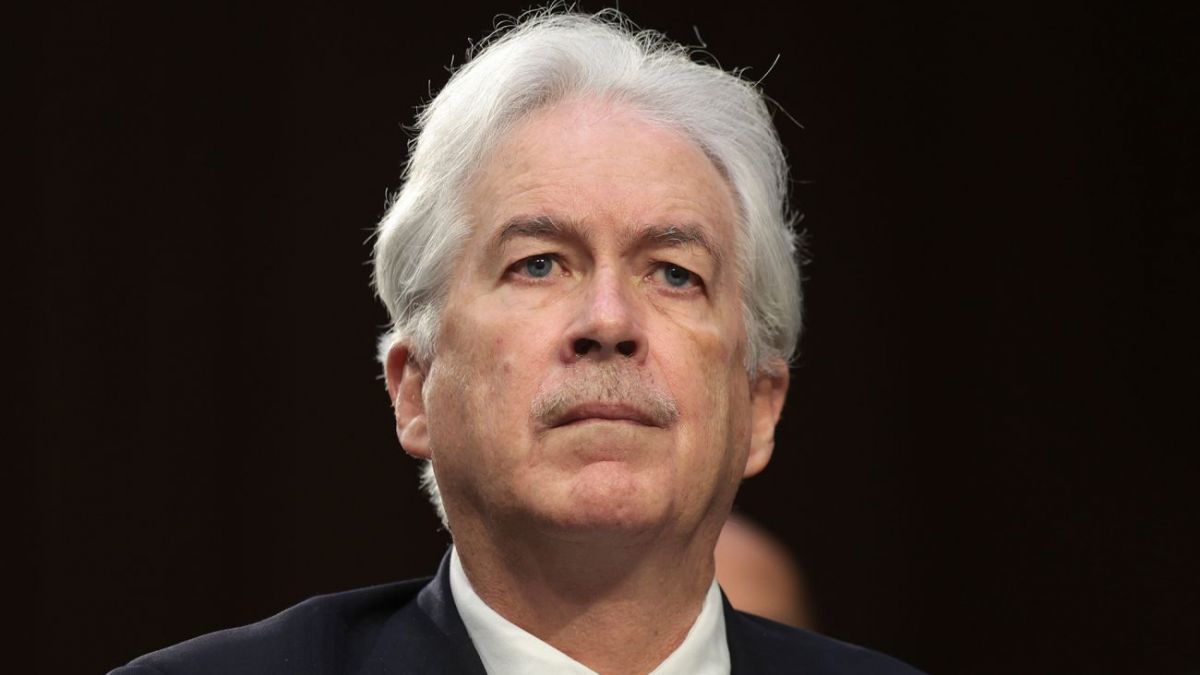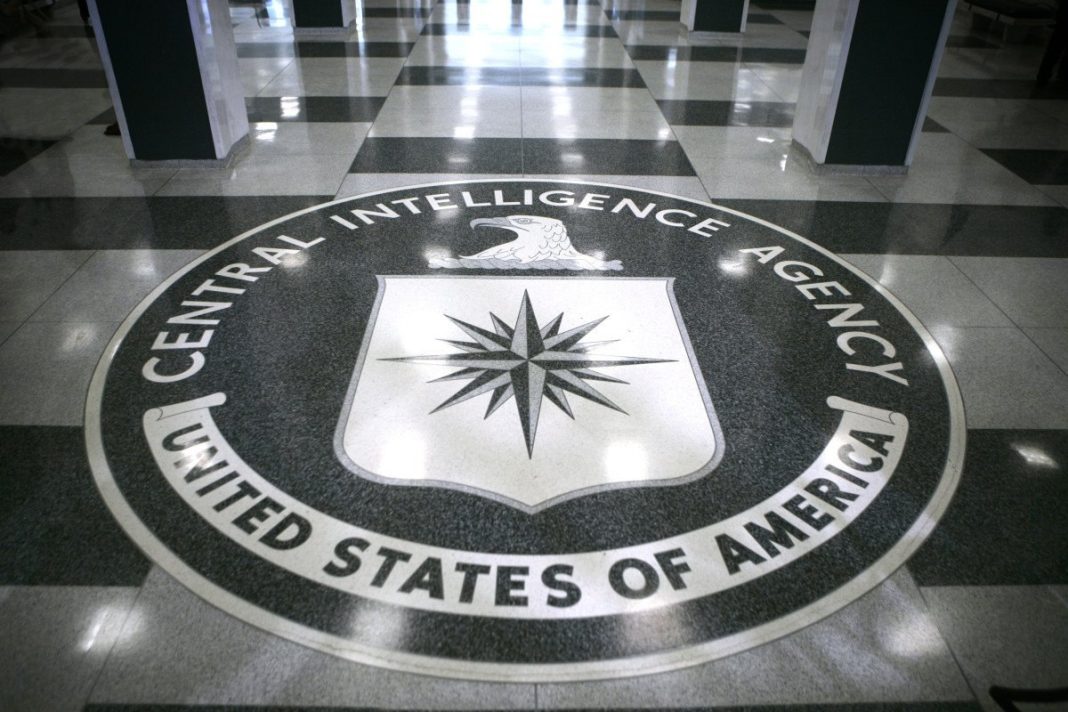CIA Operates 12 Covert Bases In Ukraine With CIA Head Visiting Kyiv Last Week
CIA operates 12 covert bases in Ukraine with CIA head visiting Kyiv last week. Last Thursday, Central Intelligence Agency (CIA) Director William Burns conducted his 10th covert visit to Ukraine since the onset of Russia's full-scale invasion.
Author:Hajra ShannonReviewer:Paula M. GrahamFeb 27, 202426 Shares6.4K Views

CIA operates 12 covert bases in Ukraine with CIA head visiting Kyiv last week. Last Thursday, Central Intelligence Agency (CIA) Director William Burns conducted his 10th covert visit to Ukraine since the onset of Russia's full-scale invasion.
Starting around 2016, the CIA initiated training for an elite Ukrainian special forces unit referred to as Unit 2245. Their mission included capturing Russian drones and communication equipment, enabling CIA technicians to reverse-engineer them and penetrate Moscow's encryption systems. Notably, one of the officers within this unit is Kyrylo Budanov, now serving as the head of Defence Intelligence.
Additionally, the CIA played a role in training a new cohort of Ukrainian spies. These operatives were deployed in Russia, across Europe, and even in places like Cuba where Russian influence is significant. According to reporters, the specifics of the collaboration between Ukrainian and American intelligence agencies have remained highly confidential for over a decade.
Now these intelligence networks hold greater significance than ever, given Russia's aggressive stance and Ukraine's heightened reliance on sabotage and long-range missile strikes, necessitating spies deep within enemy territory. However, these operatives face escalating risks.
Should Republicans in Congress terminate military funding to Kyiv, the CIA might be compelled to reduce its operations. To reassure Ukrainian leaders, CIA Director William J. Burns conducted a clandestine visit to Ukraine last Thursday, marking his 10th visit since the onset of the invasion.
The collaboration between the CIA and Ukraine's Defence Intelligence (DIU) commenced in late February 2014, following the departure of former president Viktor Yanukovych to Russia. This initiative was spearheaded by Valentyn Nalyvaichenko, who assumed the Security Service of Ukraine (SSU) leadership.
While US regulations prohibited intelligence agencies from offering Ukraine any assistance that could lead to lethal outcomes, the boundaries were often vague, leading to ongoing tension within the partnership.
In Kyiv, Nalyvaichenko selected General Valerii Kondratiuk, a longtime associate, to lead the DIU. Together, they established a new paramilitary unit tasked with operating behind Russian lines, gathering intelligence that surpassed the capabilities of the CIA or MI6.
Following an incident involving Budanov's group entering Crimea in 2016, tensions escalated, leading the Americans to express strong disapproval and even threaten to terminate the program.
At that time, John Brennan, then head of the CIA, reached out to General Kondratiuk to reinforce the established boundaries. The general's response, reportedly expressing frustration, was, "It's our war, and we've got to fight." This reaction ultimately resulted in Kondratiuk losing his position.
Under the presidency of Donald Trump, the collaboration between the CIA and DIU expanded to encompass more specialized training initiatives and the establishment of additional undisclosed bases. The partnership's success prompted the CIA to seek similar collaborations with other European intelligence agencies sharing common interests in countering Russia.
The head of Russia House, the CIA department overseeing operations against Russia, orchestrated a clandestine meeting in The Hague. Representatives from the CIA, Britain's MI6, the DIU, the Dutch intelligence service, and other agencies convened to merge their intelligence efforts focused on Russia. This resulted in the formation of a covert coalition against Russia, with Ukraine playing a significant role.
Beginning in November 2021, the CIA and MI6 communicated to their Ukrainian counterparts about Russia's preparations for a large-scale invasion aimed at toppling the Ukrainian government and installing a Kremlin-friendly puppet regime in Kyiv. Intelligence reports detailed the names of Ukrainian officials targeted for assassination or capture by the Russians, as well as individuals whom the Kremlin sought to empower.
President Volodymyr Zelenskyy and some of his top advisors remained skeptical, even after CIA Director William Burns visited Kyiv in January 2022 to brief them. As the Russian invasion loomed, CIA and MI6 officers made final trips to Kyiv alongside their Ukrainian counterparts. During one of these encounters, an MI6 officer became emotional in front of the Ukrainians, expressing fear that the Russians would target them.
During this critical juncture, the constraints were lifted, and the Biden White House authorized intelligence agencies to provide support for lethal operations against Russian forces on Ukrainian soil. A senior Ukrainian official also disclosed that the CIA, in at least one instance, shared intelligence with Ukraine that helped thwart a plot against President Volodymyr Zelenskyy.
Subsequently, some CIA officers were deployed to Ukrainian bases. Their task involved reviewing lists of potential Russian targets that Ukrainian forces were preparing to strike, and cross-referencing the information with US intelligence to ensure its accuracy.
However, concerns have arisen among Ukrainian intelligence officials in light of the delay in approving the US aid package, leading them to question whether the US is considering abandoning them.
Regarding Burns' recent visit to Kyiv, a CIA spokesperson stated: "We have demonstrated a clear commitment to Ukraine over many years, and this visit was another strong signal that the US commitment will continue."

Hajra Shannon
Author

Paula M. Graham
Reviewer
Latest Articles
Popular Articles
